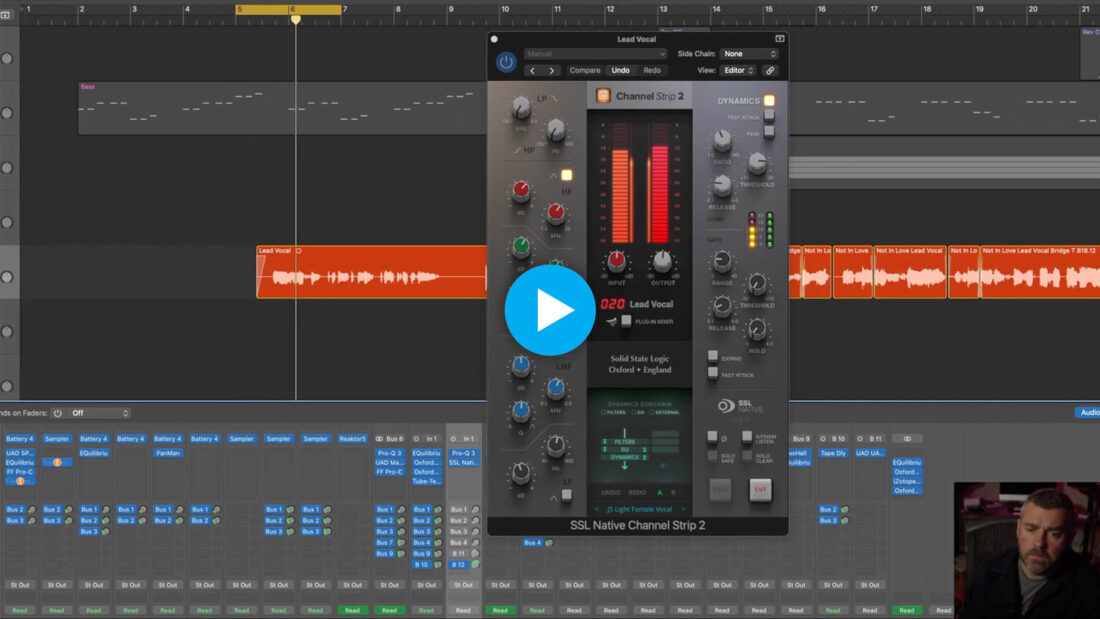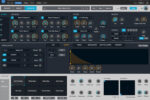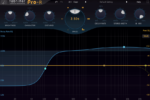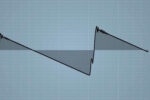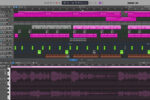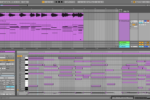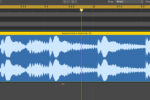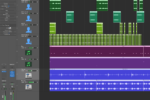New Approaches to De-essing
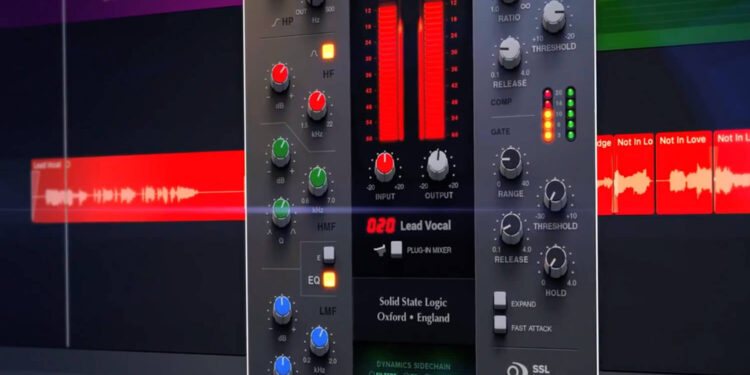
Approaches to de-essing are pretty well known. But in this article we’ll go beyond the usual uses of de-esser plugins to tame more than just vocals within your mix
De-essers serve a fairly straightforward and simple purpose: they remove “Ess” sounds and similar harsh consonants from human speech and sung vocals. As creatives, though, we’re always looking to use our palette in innovative ways, and to use tools for something besides their intended purpose. Once we gain an understanding of de-essing and how a de-esser actually works, can we use this basic tool for other advanced creative purposes?
Jono Buchanan delves deep into the topic of frequency-sensitive compression (de-essing) as part of his Science of Sound: Compression course, as seen in the free clip below. The course offers a complete overview of compressor types and techniques.
What exactly is a de-esser and how does it work?
As Jono mentions in his video, de-essing is actually a term used to explain the process of frequency-sensitive compression. Essentially, a de-esser is a type of compressor that specifically focuses on compressing a single frequency band (usually between the 2000-12,000Hz range) to tame sibilance like “Ess”, “Tuh” or “Ssh” sounds in vocals.

Depending on the de-esser plugin, this frequency band can be modified in a number of ways. The band can be changed to target frequencies outside of the typical sibilance range, or the width of the band can be altered (usually between Split mode and Wide mode). Some de-essers may even allow you to make changes to the compressor’s settings like you would with a multiband compressor. It all depends on the de-esser you have in front of you.
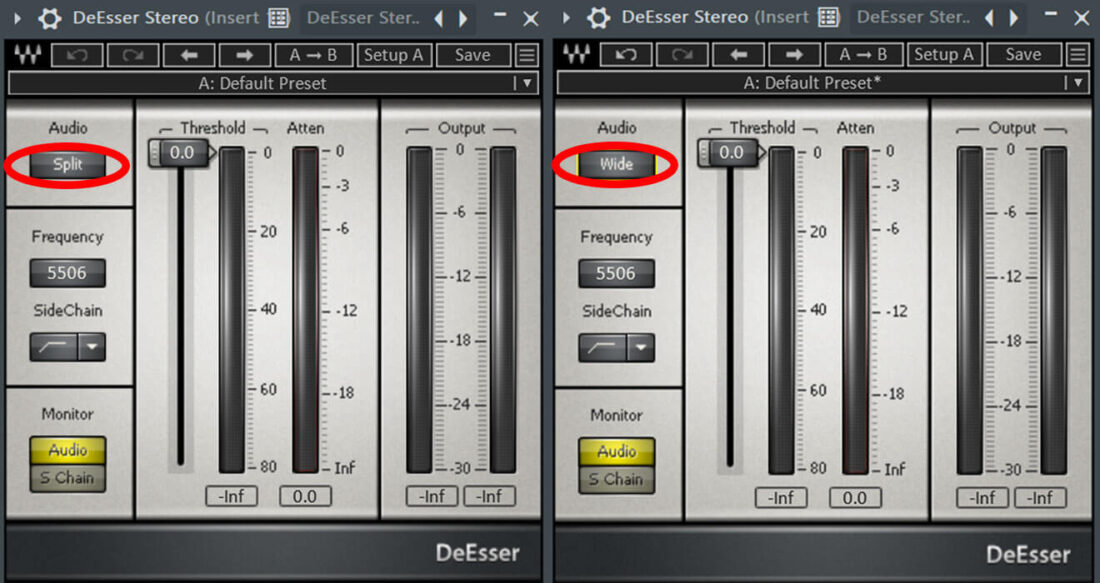
The two different width modes of the de-esser are more important than you may think. Putting the de-esser into Wide mode will apply a wider band affecting more of the signal, whereas a split band will target the specified sibilance frequency and any harmonics. The wide band is usually more opted for on vocal tracks, as the Split mode can sometimes make them sound unnatural.
Other creative uses for de-essers
Having access to more controls within your de-esser plugin allows you to use the tool for creative purposes outside of its primary function. Being able to hone in on any frequency between 20Hz and 20kHz allows you to compress sensitive frequencies have nothing to do with sibilance.
It’s also not uncommon for producers to use de-essers on instrumental tracks instead of vocals. Maybe that loop that you fell in love with has a horrible piercing frequency that just needs a bit of attenuation before it sits right in your mix.
Want to go deeper into vocal editing? Check out this Vocal Editing course from Eddie Thoneick!
Maybe you have tracks that are blending together in a specific frequency, causing a harsh surge in that particular area. Instead of wasting time applying EQ to each track and automating it, you could sidechain them through a de-esser that targets the problematic frequency, only when they breach the threshold.
Using de-essers in the mastering stage of production
Mastering engineers often praise de-essers as a practical, staple tool at their disposal. If de-essers are used primarily for removing vocal sibilance, you may ask why they would be such common practice amongst mastering engineers, who are usually only applying effects to the entire mix.
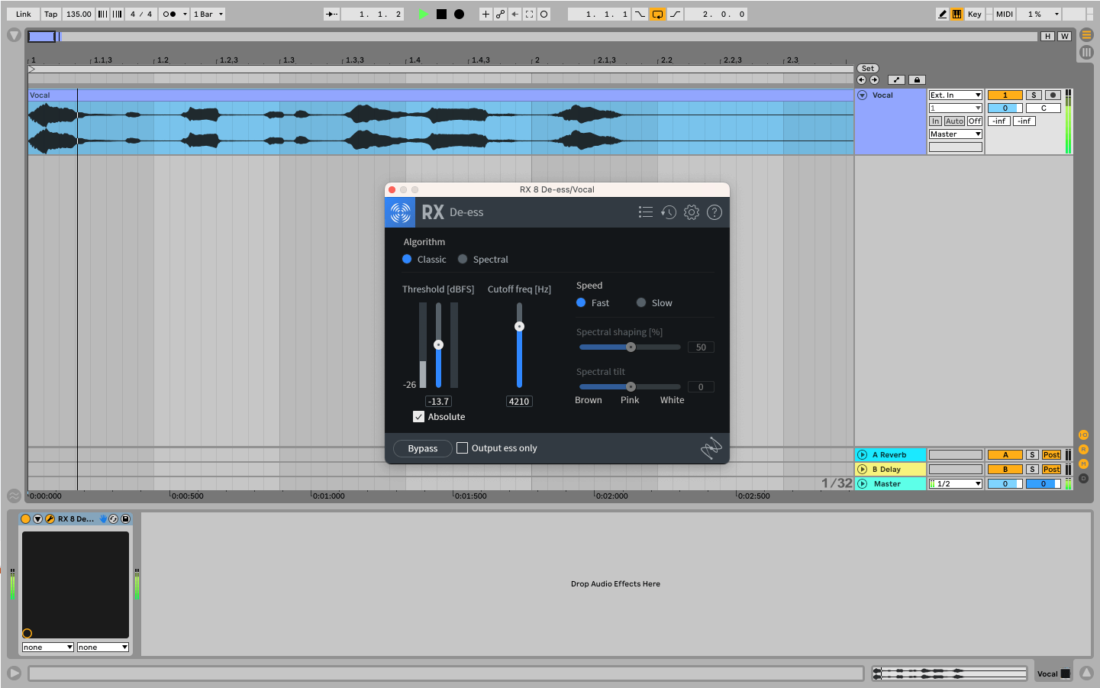
Mastering engineers love de-essers because they can be used to attenuate any overly-prominent frequency within the mix. Mastering engineers rely on making acute incremental changes to their mix to apply a final polish over the track. De-essers can be a secret weapon for making these precise, surgical modifications to the overall frequency space.
De-essers are ‘De-harshers’
When you start to think about it, de-essers were built to control one thing – vocal sibilance – but their building blocks mean they will apply to sounds that behave the same way. The catch-all way to describe these sounds? Overly harsh frequencies that are quick to appear and go away.
So de-essers can be thought of as tools that ‘take the edge off’ a wide variety of sounds – especially transient ones. With that in mind, here are some more things you can point your de-esser at, to give everyone a smoother time of it…
Cymbal and overhead de-harshing
De-essers can help take the grating edge off cymbals or piercing drum overheads, if you’re working with those sorts of recordings. For electronic music producers, who likely won’t be working with full drum kit recordings, de-essers can still prove useful on FX channels and one-shot crash cymbals.
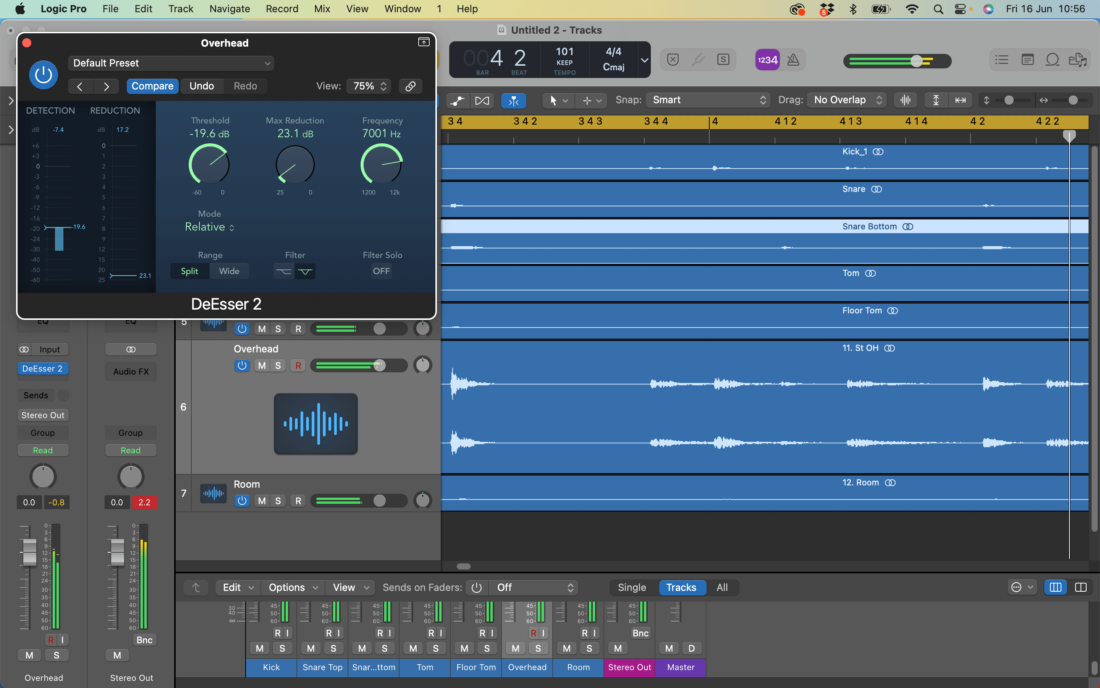
Breaks – which actually are full drum kit recordings – can also feel the benefit of a de-esser, especially if they’ve been sped up and compressed.
Guitar and instrument plucks and scrapes
The clicky, picky sound at the start of each guitar note is a high frequency transient caused by the scrape of a guitar plectrum. You can get a smoother sound by attenuating these high-frequency transients. And wouldn’t you know it – that’s just what a de-esser is for.
Try the same on other instruments that have a ‘strike sound’ in them. Mallet hits, piano hammer thwacks… violin bow hisses? It depends on what you’re working with!
Snare sounds
Another transient instrument slathered with high frequency content, the snare can get real benefits from de-essing, although as ever, this depends on the exact snare sound you’re using, and how it’s been generated and processed.
Your mileage may vary, but usages like these are a great way to think about de-essers.
Final Recommendations
Vocal recordings won’t usually have noticeably harsh ”Ess” sounds until after they’re run through a compressor and/or saturator. This is because these effects work by amplifying and adding to the recording’s natural spectrum. This enhances your vocals in multiple ways, but it also brings out the sibilance. This is why it is recommended to apply your de-esser effect after your compressor, saturator, and any additive EQ you use in your vocal effects chain.
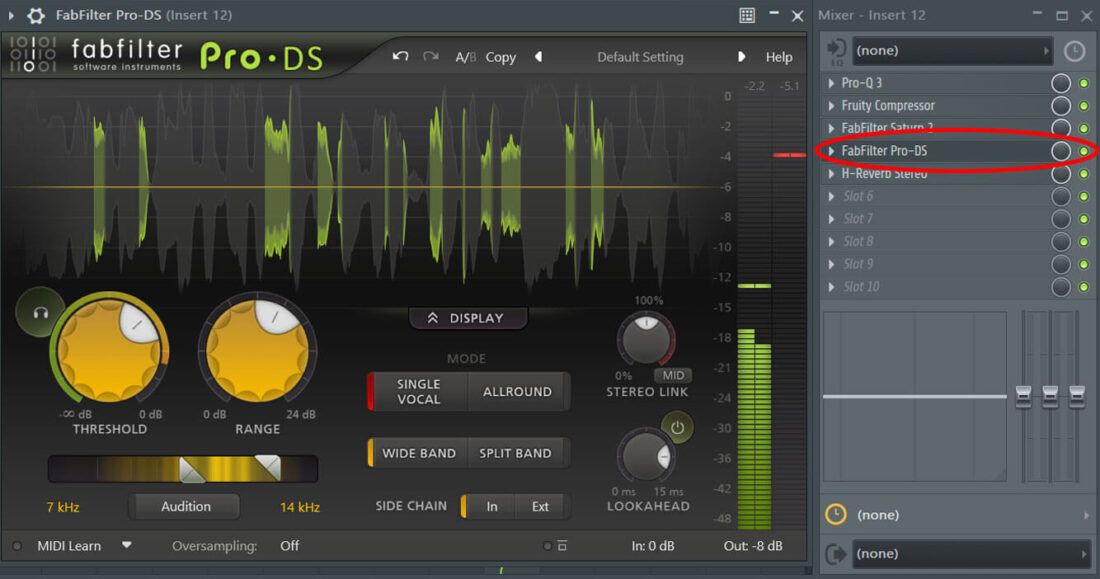
Ultimately, you should experiment with different de-essers and become an expert with them before you can use them to their full potential!
